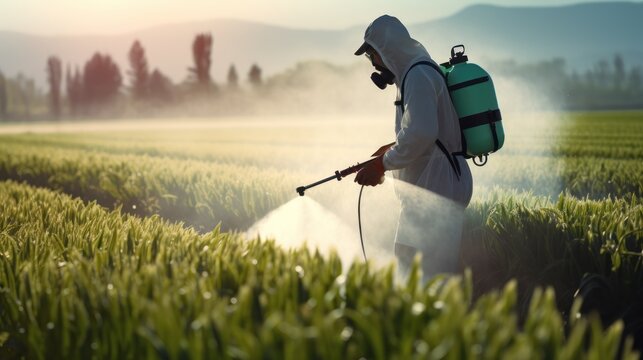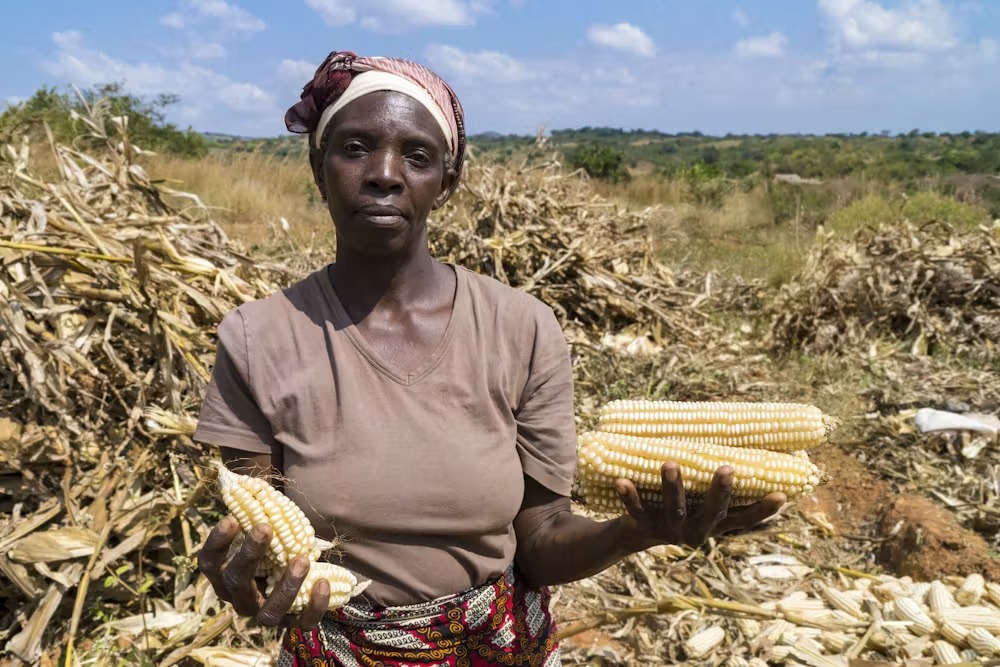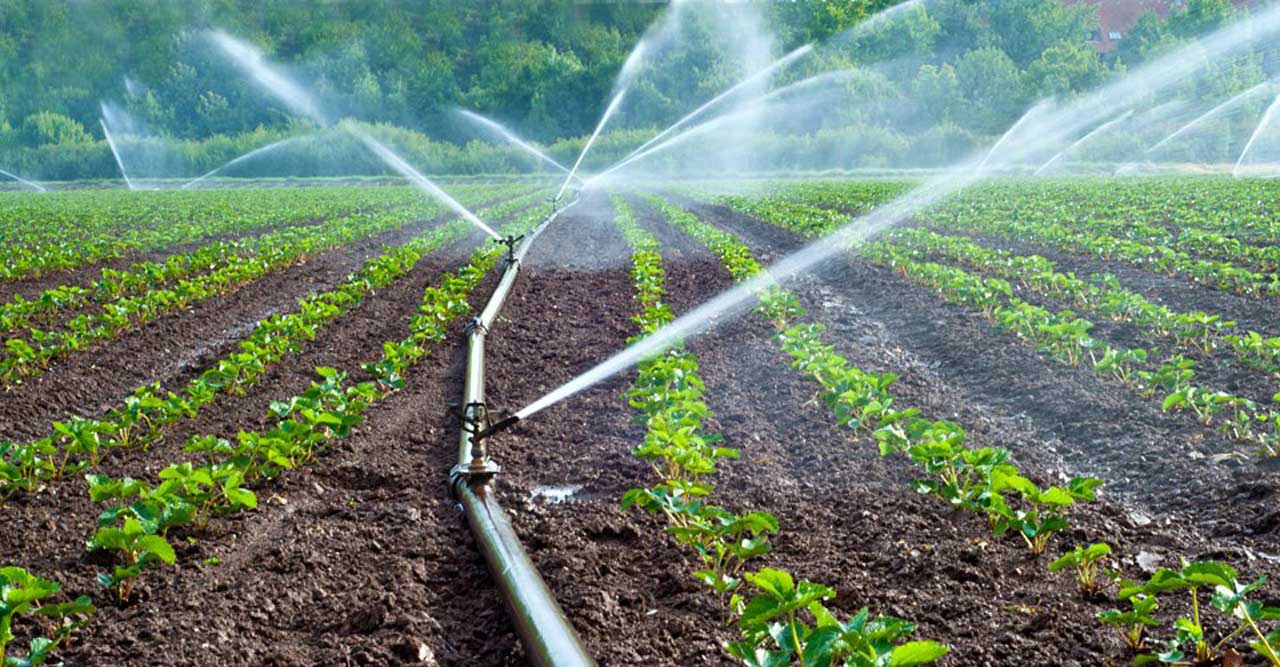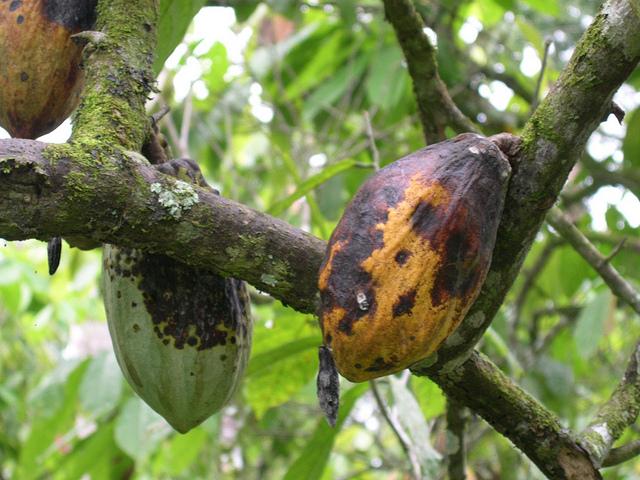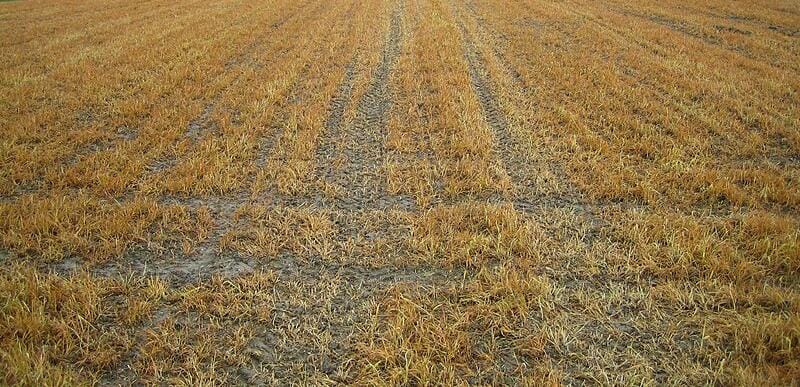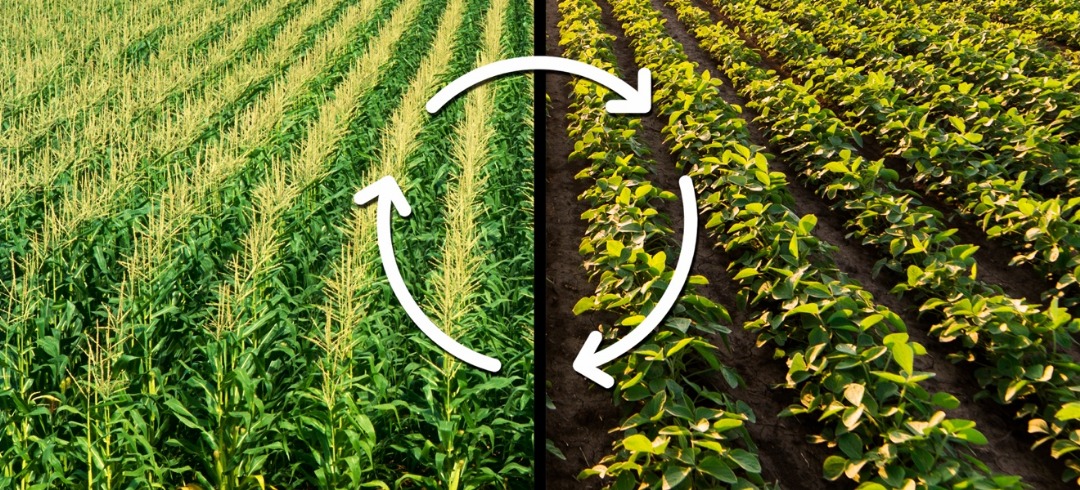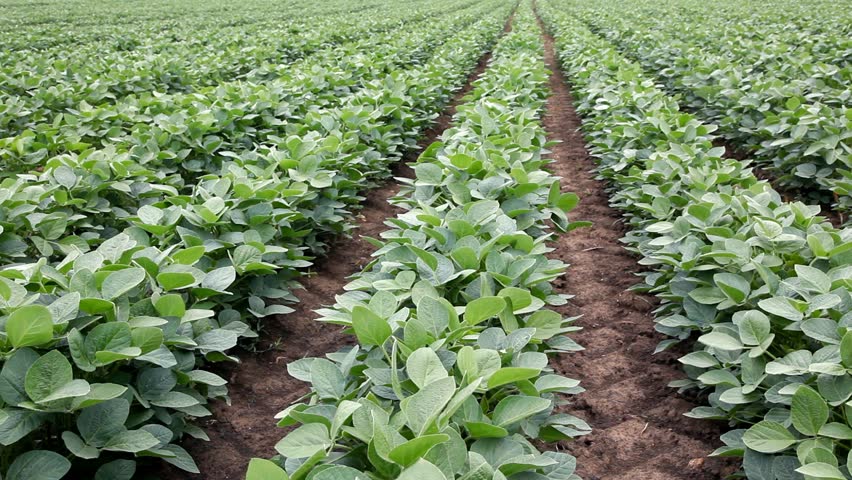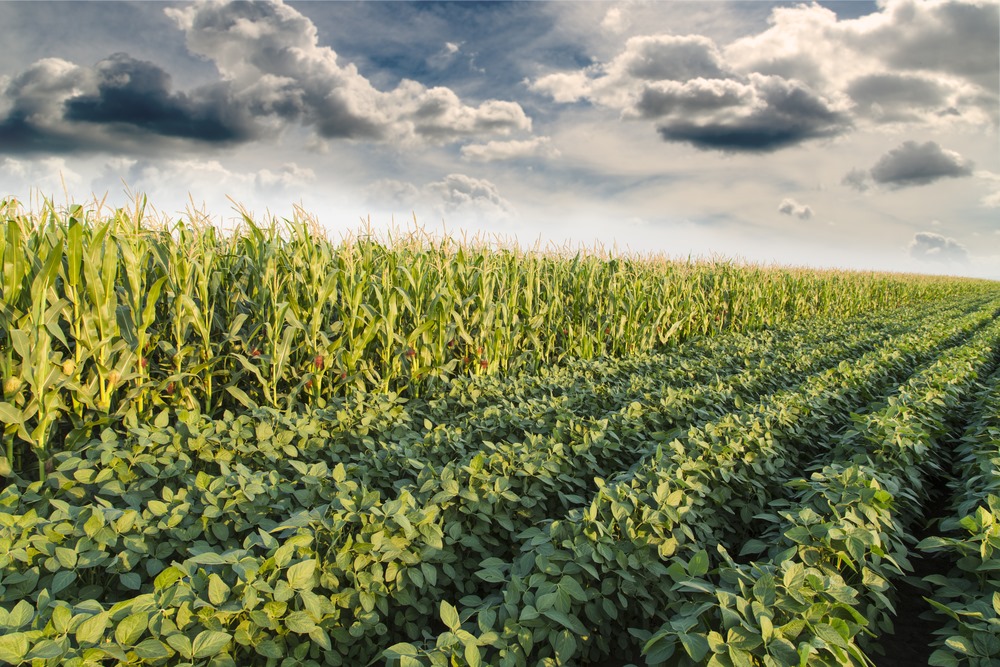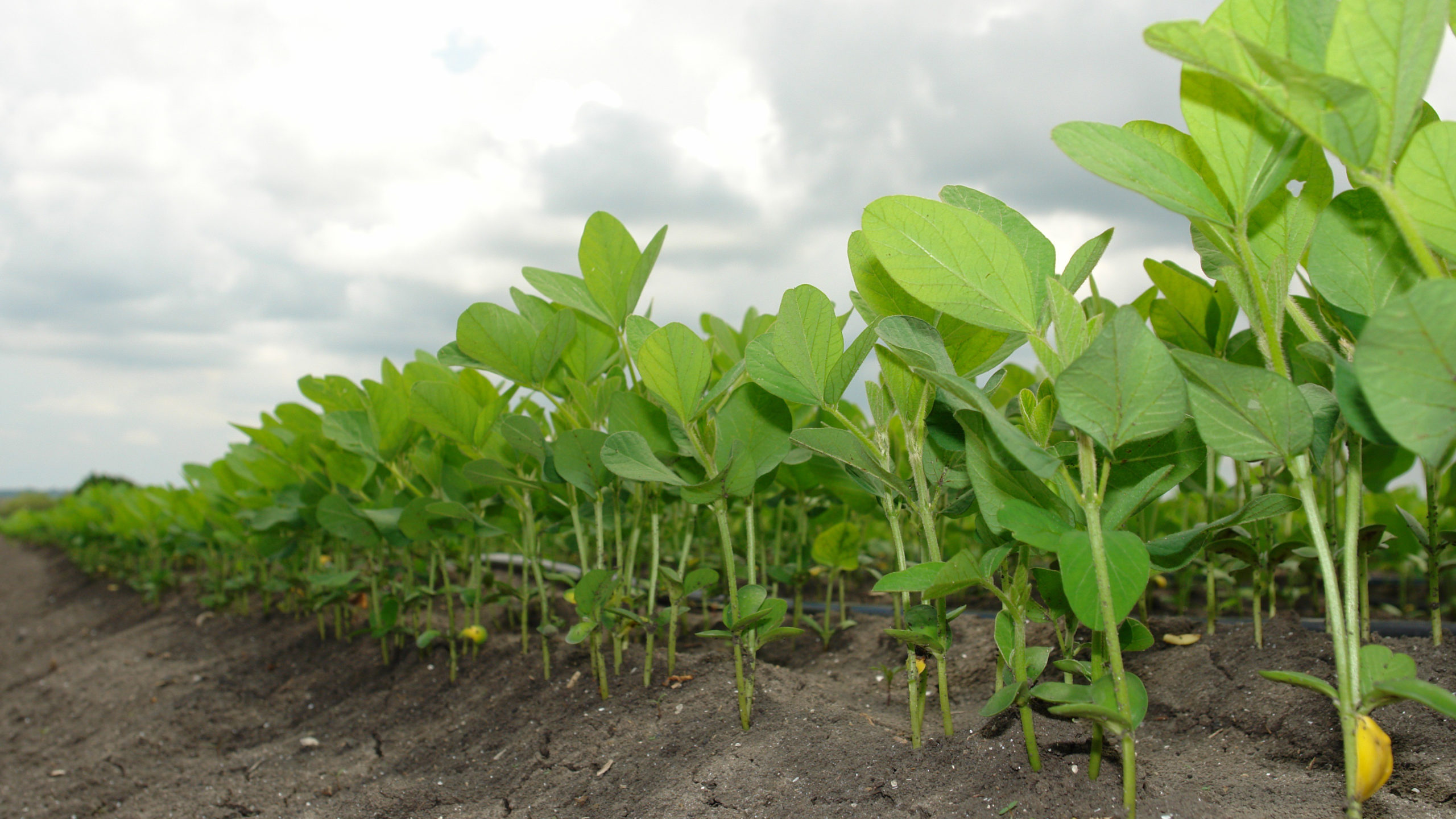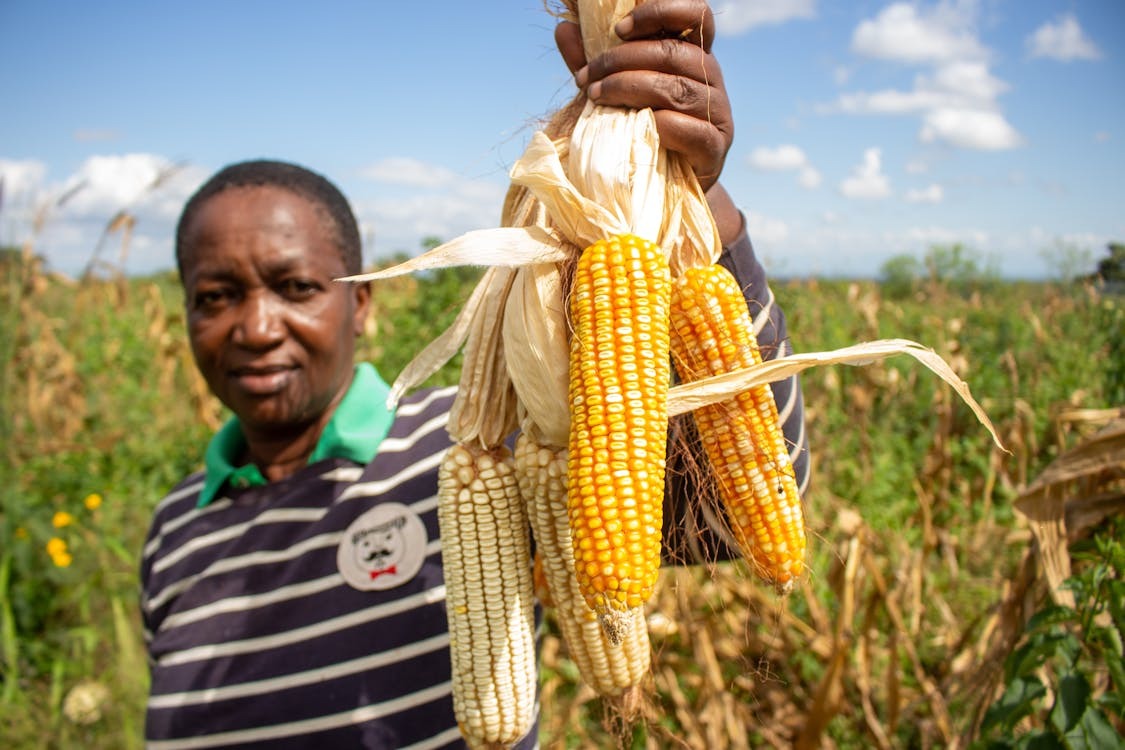If you’ve been farming for even one season, you already know insects don’t joke. One day, your maize is green and shining, the next day, armyworms have turned it into a buffet. Or you’re storing beans, and within a few weeks, weevils start poking holes. Very annoying, right? That’s why insecticides exist, to protect your sweat and hard work.
But here’s the thing: insecticides are like sharp cutlasses. Very useful, but dangerous if you don’t use them well. Helping you use them well is all we aim to discuss in this blog, but first…
Why do farmers need insecticides?
Simple: insects reduce your harvest, reduce your profit, and can even spread diseases. Imagine planting cassava, only for mealybugs to suck it dry, or losing tomatoes to whiteflies just before market day. Painful! Insecticides help stop that. They also keep mosquitoes and houseflies under control at home.
Different types you’ll find
Not all insecticides work the same way. Here are the common ones:
- Contact insecticides – kill insects once they touch them.
- Systemic insecticides – go inside the plant, so when insects suck or chew, that’s the end.
- Residual insecticides – stay on the crop or soil for a while, giving you longer protection.
- Natural insecticides – things like neem-based products. They are softer on the environment and safer for you too.
How to use insecticides the smart way
Using insecticides is not just about “mix and spray.” If you want results, here are some golden tips:
- Know your enemy. Not every insect is bad. Bees and ladybirds are your friends. Don’t kill your helpers.
- Check the label. Every bottle or sachet comes with instructions. Follow it. Don’t think “if I add more, it will work faster.” Overdose can spoil your crops or even harm you.
- Protect yourself. Cover your hands, nose, and mouth. Don’t spray against the wind. Safety first, always.
- Spray at the right time. Morning or evening is best — the sun is not too hot, and insects are more active.
- Keep it safe. Store chemicals far away from children, food, and drinking water.
Wrapping up,
Think of insecticides like medicine for your farm. If you are sick, you don’t swallow a whole pack of drugs at once, you take the right dose. Same with your farm. Use the right chemical, at the right time, in the right way. That’s how you protect your crops, harvest more, and smile to the market.
